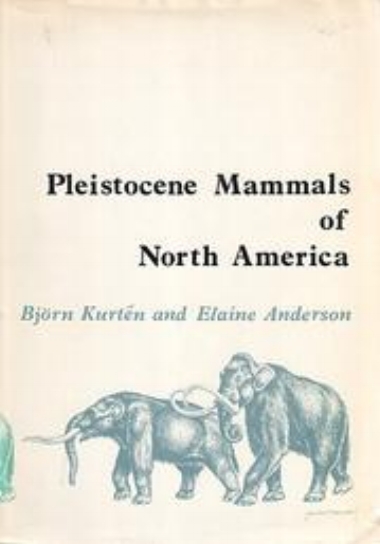Faculty picks: Oliver and Sedaris
Katherine Towler-- I am writing fiction these days so I have been reading mostly nonfiction. Sometimes (but not always) it’s helpful to read in other genres besides the one you are wrestling with. Upstream, Selected Essays by Mary Oliver (Penguin Press, 2016) is the sort of book that calls for slow, careful reading and asks you to become as still and observant as the author. Most of the essays collected in this volume, published when Oliver was 81, have been previously published. As a selection of the best from previous books, Upstream is a gorgeous introduction to her prose and the subjects that merit her unflinching attention. These include astute pieces on the work of Emerson, Poe, Whitman, and Wordsworth. Other essays chronicle Oliver’s construction of a small writing studio in the back yard from materials salvaged at the dump, and her rescue and care of an injured black-backed gull who takes up residence in the bathtub. Oliver’s devotion to nature, a theme in her poetry, is given even more room in these essays, short and compact as they may be. The natural world is the subject she returns to most consistently, rendering her encounters with the animals and plants she meets on her daily walks in language so taut and revelatory, sentence after sentence take the breath away. Here’s a sample:
“Through these woods I have walked thousands of times. For many years I felt more at home here than anywhere else, including our own house. . . . Eventually I began to appreciate – I don’t say this lightly – that the great black oaks knew me. I don’t mean they knew me as myself and not another –that kind of individualism was not in the air – but that they recognized and responded to my presence, and to my mood. They began to offer, or I began to feel them offer, their serene greeting.”
Craig Childs-- After having assigned the same David Sedaris book, Naked, enough times, I decided to move on. This time I went for When You Are Engulfed in Flames, his 2008 book of essays recounting awkward moments of his life, turning anguish into snickering laughter and gut bomb roars. The subject revolves around his midlife crisis. He writes, “How had 9,125 relatively uneventful days passed so quickly, and how can I keep it from happening again?”
Yes on all counts, he’s a master humorist, his word-by-word articulation is as smooth as butter, his playfulness with grotesqueries of humanity is outstanding. But I’m not here to review the thing. I’m here to tell you that in the end, all I could think was, that was easy.
Easy to write, I mean. The book seemed manageable, clearly defined. I could see the outline, the number of subjects, how many points needed to be hit in each essay, how many live moments and conversations versus backstories. I know it wasn’t easy. Unless Sedaris is super-human, he sweated over the thing until he couldn’t see straight. Reading how neurotic he is, this would be unavoidable. Yet the final result was…easy. He succeeded with the magic trick. Crazy but wholly capable. Read it with structure in mind, you’ll see what I’m talking about, and enjoy those succinct and biting passages of his: “mess with me, and I'll stick my foot so far up your ass I'll lose my shoe.”





